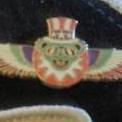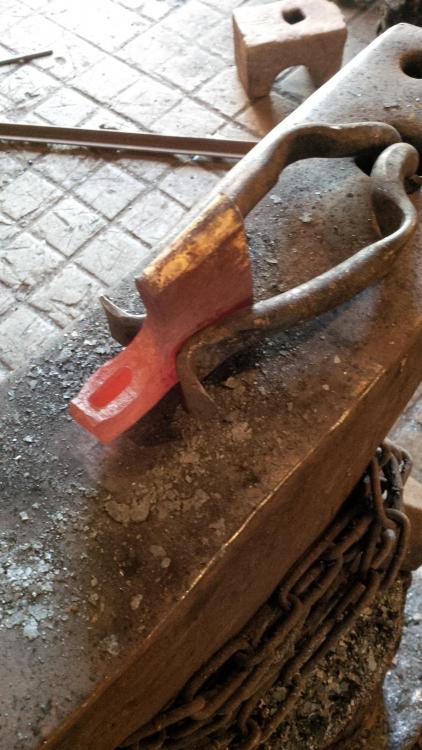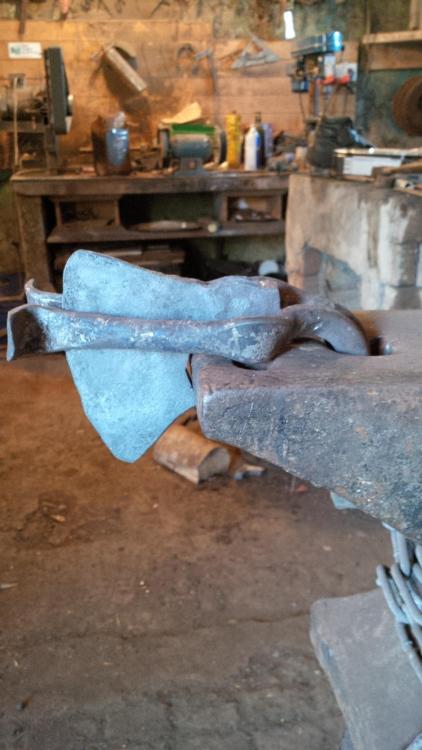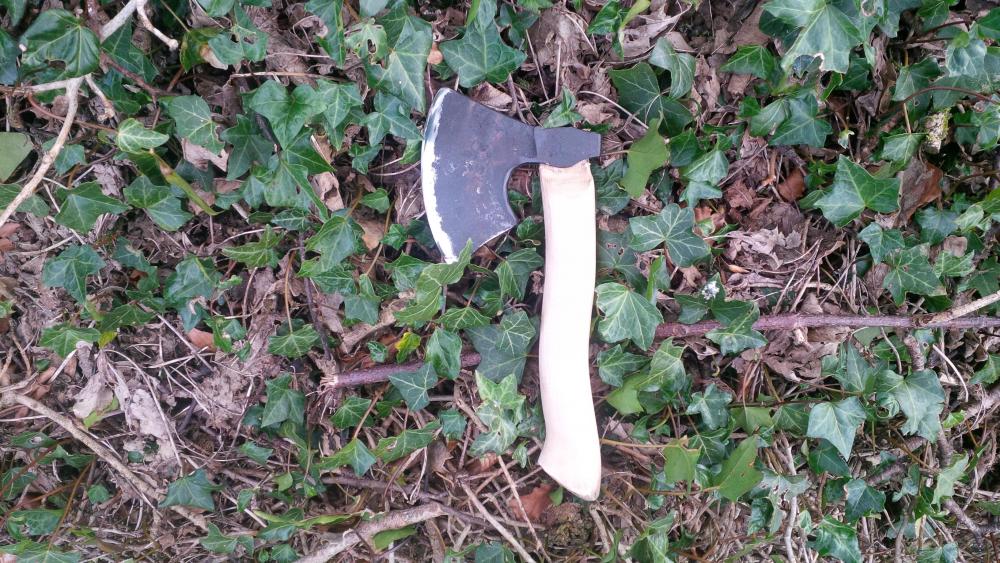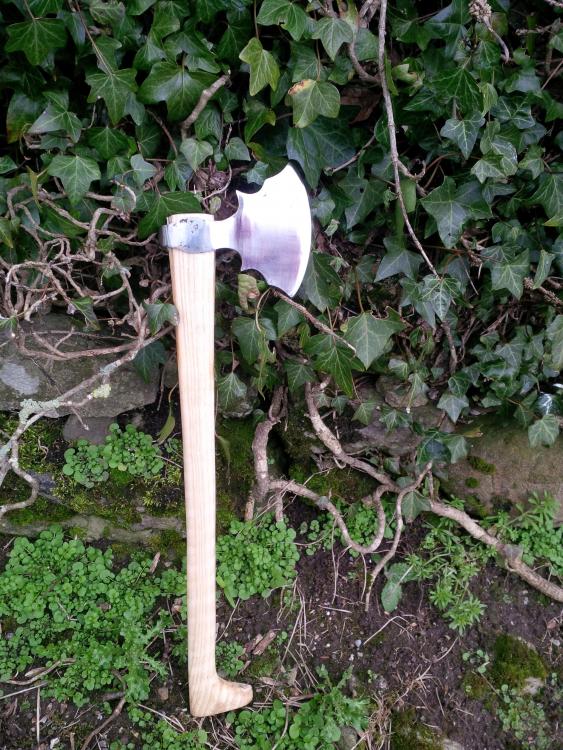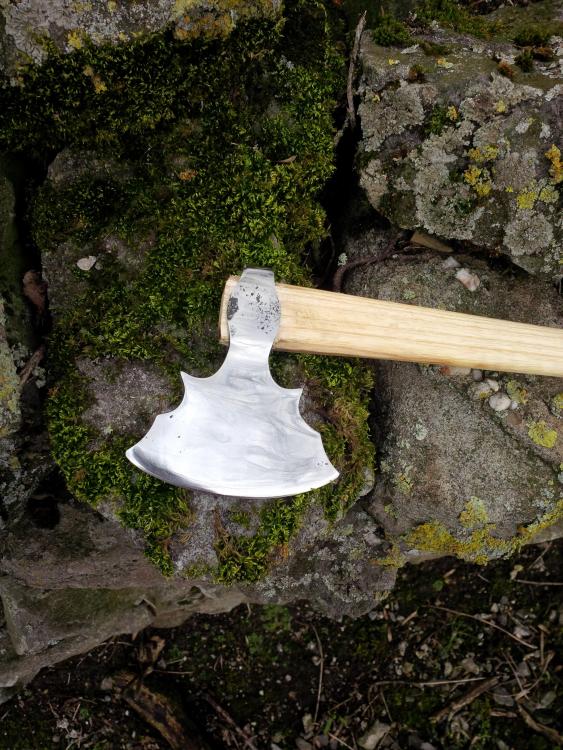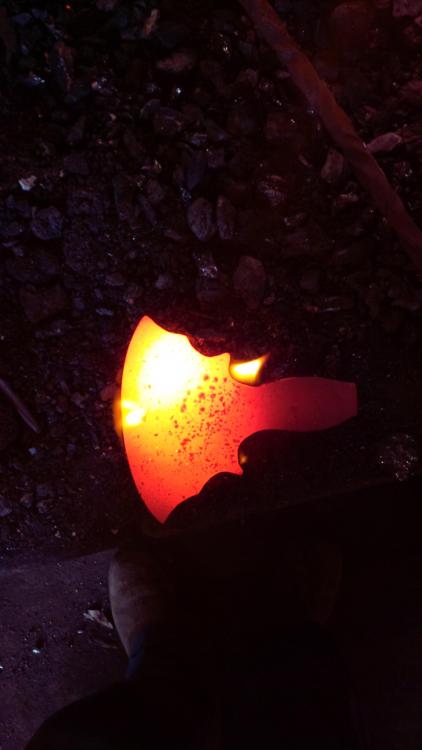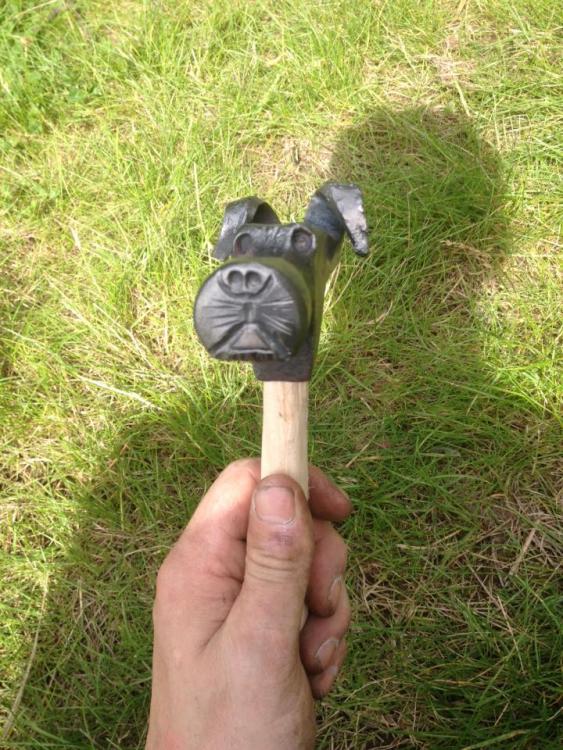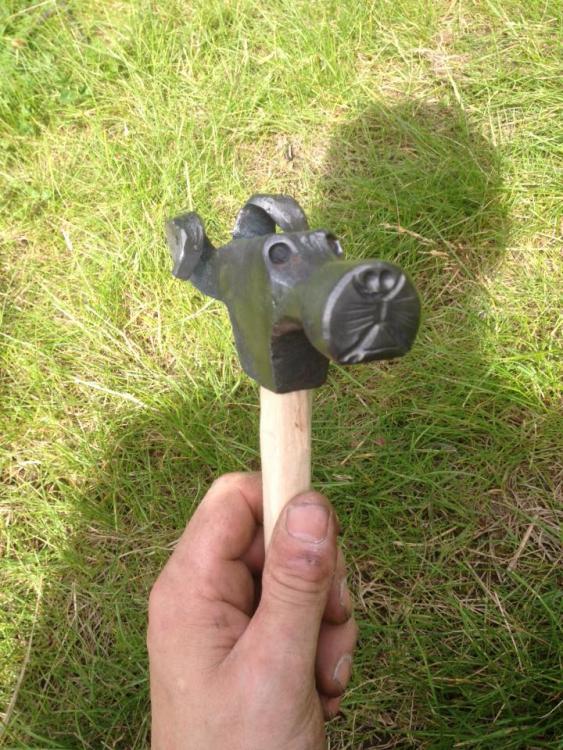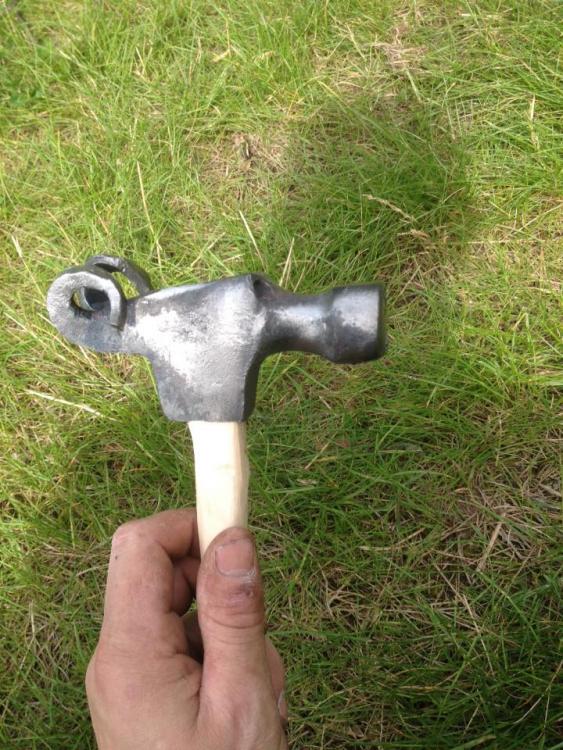-
Posts
41 -
Joined
-
Last visited
Profile Information
-
Location
Ireland
Recent Profile Visitors
-
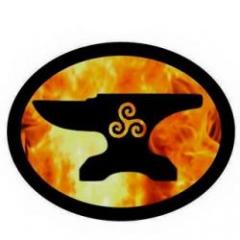
the true history of the Tomahawk
Hephaestus Smith replied to Hephaestus Smith's topic in Axes, Hatchets, Hawks, Choppers, etc
Well this is getting hawkward, I can't get a handle on the post at all. -

the true history of the Tomahawk
Hephaestus Smith replied to Hephaestus Smith's topic in Axes, Hatchets, Hawks, Choppers, etc
Haven't we branched off the subject? -

Blacksmithing gems and pearls
Hephaestus Smith replied to Glenn's topic in Blacksmithing, General Discussion
How to be a professional blacksmith in 3 easy steps, step 1: heat it. Step 2 Hit it. Step 3 Sell it. -

the true history of the Tomahawk
Hephaestus Smith replied to Hephaestus Smith's topic in Axes, Hatchets, Hawks, Choppers, etc
Ye lads are cracking me up I don't mean to be a sap, but these puns are getting a bit wooden. -

the true history of the Tomahawk
Hephaestus Smith replied to Hephaestus Smith's topic in Axes, Hatchets, Hawks, Choppers, etc
Haha, I hadn't even noticed that. the best thing about history is making it up I think Abraham Lincoln said that. -

Stock for making axes?
Hephaestus Smith replied to Conrad.blacksmithing's topic in Axes, Hatchets, Hawks, Choppers, etc
i really like this way, if you make a small cut out first its very easy to isolate the area you are upsetting, and if you have a hardy block you can do double bit axes this way as well. but the main benefit is that you don't have very thick stock to draw out for the cutting edge and so less fish lipping etc. -

Stock for making axes?
Hephaestus Smith replied to Conrad.blacksmithing's topic in Axes, Hatchets, Hawks, Choppers, etc
I find leaf spring fairly good, I upset the area for the eye, also I found a little spring clamp to hold it when punching came in really handy. Especially when it can hold the axe with the beard over the edge of the anvil. -
The True History of the tomahawk, whilst most people believe the tomahawk to be of Native American origin, the truth may shock you. It was actually invented in Ireland! Tom O'Hawk and his brother Paddy from Ballingarry, travelled to the Americas in the 17th century. There they introduced the tomahawk and the sport of axe throwing to the natives. Pictured above is the very axe that Tom and Paddy brought back with them. It has been handed down through generations. Although the head has obviously been replaced several times, as has the handle. His brother Paddy was a great shot, and his accuracy enraged the locals hence the expression " throwing a Paddy"
-

Forging large Circles HELP
Hephaestus Smith replied to Hephaestus Smith's topic in Blacksmithing, General Discussion
as a musician (of sorts) i disagree, people are still talking about the time i tried to play "rocky road to Dublin" on didgeridoo at an Irish trad session at least if i mess up now i can stick it back in the forge. -

Hardy tool making
Hephaestus Smith replied to Chuckbuckeye's topic in Hot Cuts, Anvil devils, metal cutting on the anvil.
so obvious but i never thought of that during uppsetting, great tip i will definitely use. -
Hephaestus Smith changed their profile photo
-
Tips for beginners, 1 a clock, keep a big easy to read,clock in the forge , it's easy to loose track of time, when you are concentrating and this helps remind you exactly how long something takes to forge. And it is easy to get lost in what your doing, look up and realise you should of picked the kids up 2 hours ago. 2 a pen and paper, write down EVERYTHING, with little diagrams showing distance betwen points, how long was the taper, what size was that scroll etc. When some one asks you to make something six months after you made your prototype, you don't have to figure it out, just look in your book. 3 paint your punches and chisels a bright colour to make finding them in a dim, messy forge easier. 4 tidy up every day. 5 don't be afraid to work in the colder ranges if you are not sure on something or try to get something dainty just right, it's a lot easier to see what is happening to cherry red stock than bright yellow,(rounding square stock is a good example). 6 warn people visiting your forge, not to hit the anvil, for some reason every non smith who comes in seems to pick up the hammer and smack the anvil. 7 don't be a hero, mind your ears and eyes.
-
Wow! Solder melts a 216c! I've been looking for a tempering liquid. Maybe solder would work.
-

Double heat treatment
Hephaestus Smith replied to MilwaukeeJon's topic in Heat Treating, general discussion
I suppose you could, but it could be tricky holding the stream long enough to get a proper heat treat -

Double heat treatment
Hephaestus Smith replied to MilwaukeeJon's topic in Heat Treating, general discussion
I read it in an old blacksmith book, it worked pretty well. -
Hi Everyone, Ive heard people talking about Dogs head hammers, saying they are great for blade smithing, so i had a go at forging one. but to be honest, i didnt find it very good at all, it marks the work badly and the Peen is useless. maybe i did something wrong? Here are a few pics

